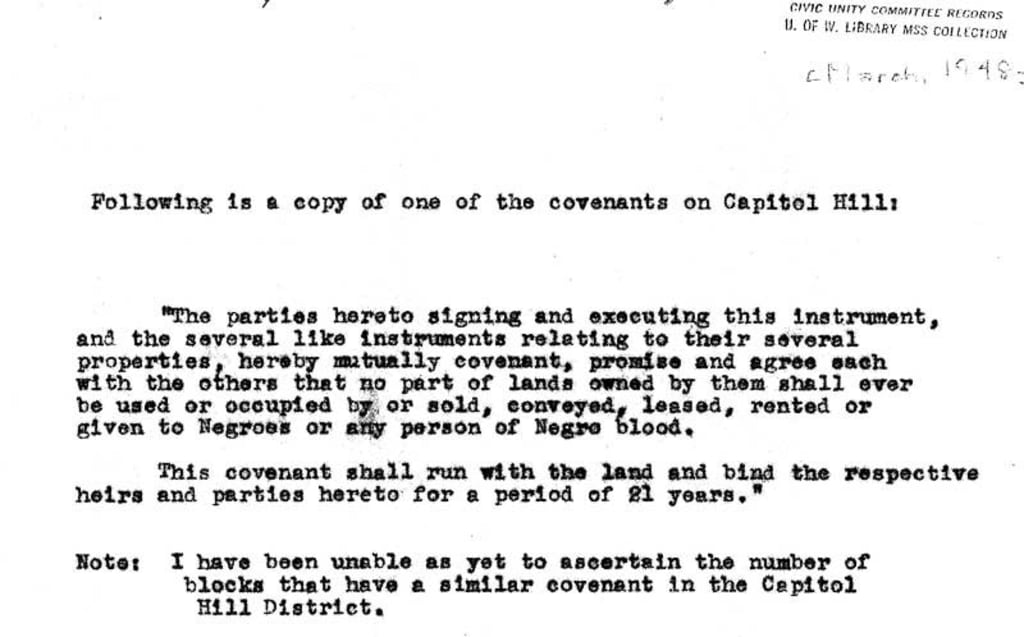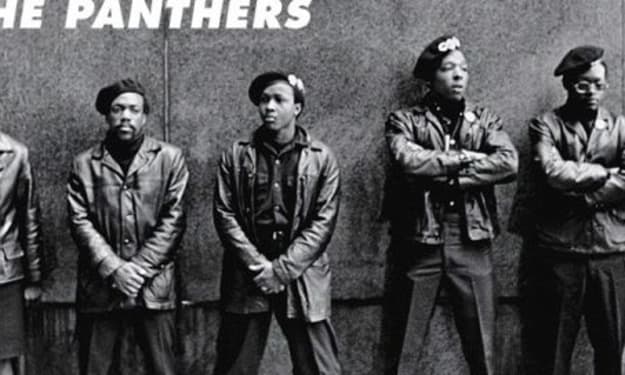White Privilege and Headrights
Unite States History Untold

White Privilege and Headrights
Black history is United States history; likewise, United States history is Black history. The only way to understand racism in the United States is to first understand our history – the complete history. For example, the headright system was a form of White privilege which built unfair wealth.
With the emergence of tobacco farming, a large supply of workers was needed. The headright system, originally created in 1618 in Jamestown, Virginia, was used as a way to attract new settlers to the region and address the labor shortage. The headright system was developed to encourage immigration to the colony. A body of laws which came to be known as "the Great Charter of privileges, orders and laws" of the colony allowed Whites to build wealth through free land ownership. Any person who settled in the colonies or paid for the transportation expenses of another person who settled in the colonies was entitled to receive fifty acres of land for each immigrant. The right to receive fifty acres per person, or per head, was called a headright.
In theory, a man would travel to the colonies with his family. Each head of family had the "right" to 200 acres of land for himself and 50 acres of land for each member of his family, up to 1000 acres. While it was thought to be a way to populate the colonies, it was abused as a way to build wealth. Many governors signed land grants of significantly greater amounts than the law allowed. One man, through the purchase of slaves, acquired 3000 acres of land through the headright program. The headright system was implemented in all thirteen British colonies, though it was more widespread in Virginia, Georgia, Maryland, North and South Carolina.

How does this affect Black history and White privilege? While the government allowed Whites to build wealth through the headright program, Blacks (a.k.a. slaves, as well as Native Americans) were denied this right. Unfair advantage was given to Whites at the start of our nation, giving land (wealth) to Whites while using Blacks as free forced labor and stealing land from Native Americans. It is also the reason 40 acres and a mule would have been such a large equalizer after slavery.
The increasing tension between indentured laborers and their employers led to many landowners turning to import slaves for labor. In fact, until 1699, the headright system gave equal weight to the immigration of both, laborers and slaves, for distributing land grants, which was an added incentive for sponsors to turn to slave labor. It can be said the headright system contributed to the curse of slavery.
Rather than pay for an immigrant to come to the colonies, colonist would pay for a slave to come over or buy a slave and apply for headrights for the slave they purchased. Buy one slave get 50 acres of land. Buy 10 slaves get 500 acres of land. That the person may have met their demise on route to the colonies did not matter, if a person was slated to arrive to the colonies as part of the headright system and died, the person who brought the deceased over would still receive 50 acres of land. It didn’t take long to figure out that it was far more cost beneficial to bring over a slave, who would be owned for life, rather than an indentured servant that would go free in 5 to 7 years and compete for headrights of their own.

While some will say, this has nothing to do with them or their family, more than 50 million pieces of property currently exist as a result of headrights -- people that were given an unfair advantage in wealth building by virtue of the color of their skin, as a result of their White privilege.
To some it may seem to not be that big of a deal, after all, it was just that once to get people in the colonies. But it wasn’t just that once -- The Homestead Act, enacted during the Civil War in 1862, provided any adult citizen, or intended citizen, who had never borne arms against the U.S. government, could claim 160 acres of surveyed government land. Once again, this offer was only made to White citizens. The combined total results in aproximately 10% of the land of our nation.
Also, from 1930 to 1960 FHA and VA loans were given high preferential treatment to White citizens. After World War II, over one hundred thousand G.I. loan were give to veterans. Less than .02% (26) went to Black veterans. Up until 1968, there were many communities across the nation whose deeds read in bold capital letters,
“BY LAW, IT IS ILLEGAL TO SELL THIS PROPERTY TO A NEGRO”.
Again, from 1968 to 1988, the fair housing act, designed to ensure all citizens were treated fairly, but still leaned toward White home ownership through the use of red-lining.
The government actively participated in funneling wealth to a portion of its citizenry based on the color of their skin. Having an understanding of these facts also helps to understand some of the differences between Whites and minorities, specifically Blacks. The laws of the land were designed to give an advantage to its White citizens and made it nearly impossible for minorities to catch up.
About the Creator
Glenda Davis
The purpose of this blog will be to discuss race relations, learn history and hopefully help us all to be more patient, understanding, emphatic.
I am a 59 year old Black woman, a veteran Sargent of the United States Air Force and a retiree.






Comments
There are no comments for this story
Be the first to respond and start the conversation.